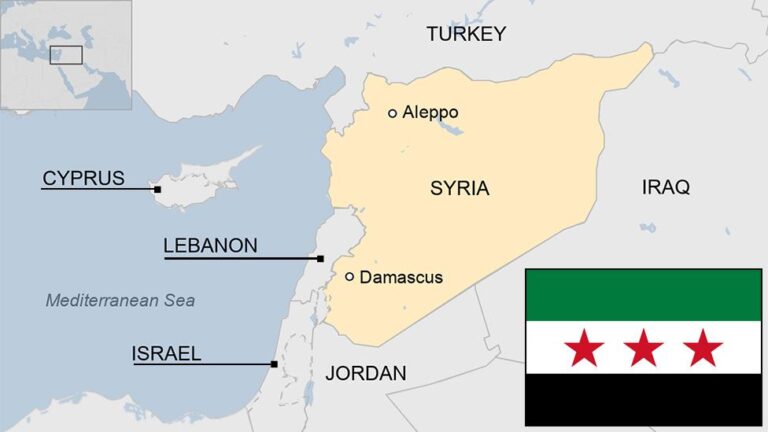Syria’s Infrastructure Crisis: Overview
Syria’s infrastructure has been devastated by years of conflict, leading to a significant humanitarian crisis. The war has left millions without access to basic services. Many people struggle to find clean water, reliable energy, and proper healthcare.
Health Crisis: A Dire Situation
The health sector in Syria faces immense challenges with damaged facilities and a lack of medical professionals. More than half of the hospitals are non-functional or destroyed. Infectious diseases are on the rise due to inadequate sanitation and healthcare facilities.
Impact on Women and Children
Women and children have been disproportionately affected by the health crisis. Access to maternal and child healthcare has drastically declined. The psychological toll of the ongoing conflict continues to affect the mental health of the population.
Education: A System in Ruins
The education system in Syria is in a state of collapse as schools have been damaged or repurposed for military use. Over two million children are out of school, disrupting their education and future prospects. Teachers often lack the necessary resources and support to provide effective education.
Long-term Consequences
The repercussions of the educational crisis extend beyond childhood. A lost generation may hinder Syria’s recovery in the long run. Addressing educational needs is crucial for rebuilding the nation’s future.
Employment: The Economic Fallout
Job opportunities have plummeted as businesses struggle to survive in the current climate. The unemployment rate has skyrocketed, causing widespread economic hardship. People are forced to rely on humanitarian aid to meet their daily needs.
Rural vs. Urban Employment
The disparity between urban and rural employment opportunities continues to widen. Rural areas are often hit harder, with fewer jobs and resources available. This exacerbates the economic divide and leads to increased migration toward urban centers.
Energy Crisis: A Constant Challenge
The energy crisis in Syria is marked by a severe lack of access to electricity and fuel. Power shortages are common, affecting every aspect of daily life. Businesses cannot operate efficiently, and households struggle to meet their energy needs.
The Need for Infrastructure Investment
Addressing the energy crisis requires significant investments in infrastructure. Rebuilding the energy sector is essential for revitalizing the economy and restoring stability. International partnerships and aid are necessary to facilitate this process.
Conclusion
Syria’s infrastructure crisis spans health, education, employment, and energy sectors. The effects of the conflict have created a multifaceted humanitarian crisis that requires urgent attention. For more comprehensive insights, you can read about it here.

